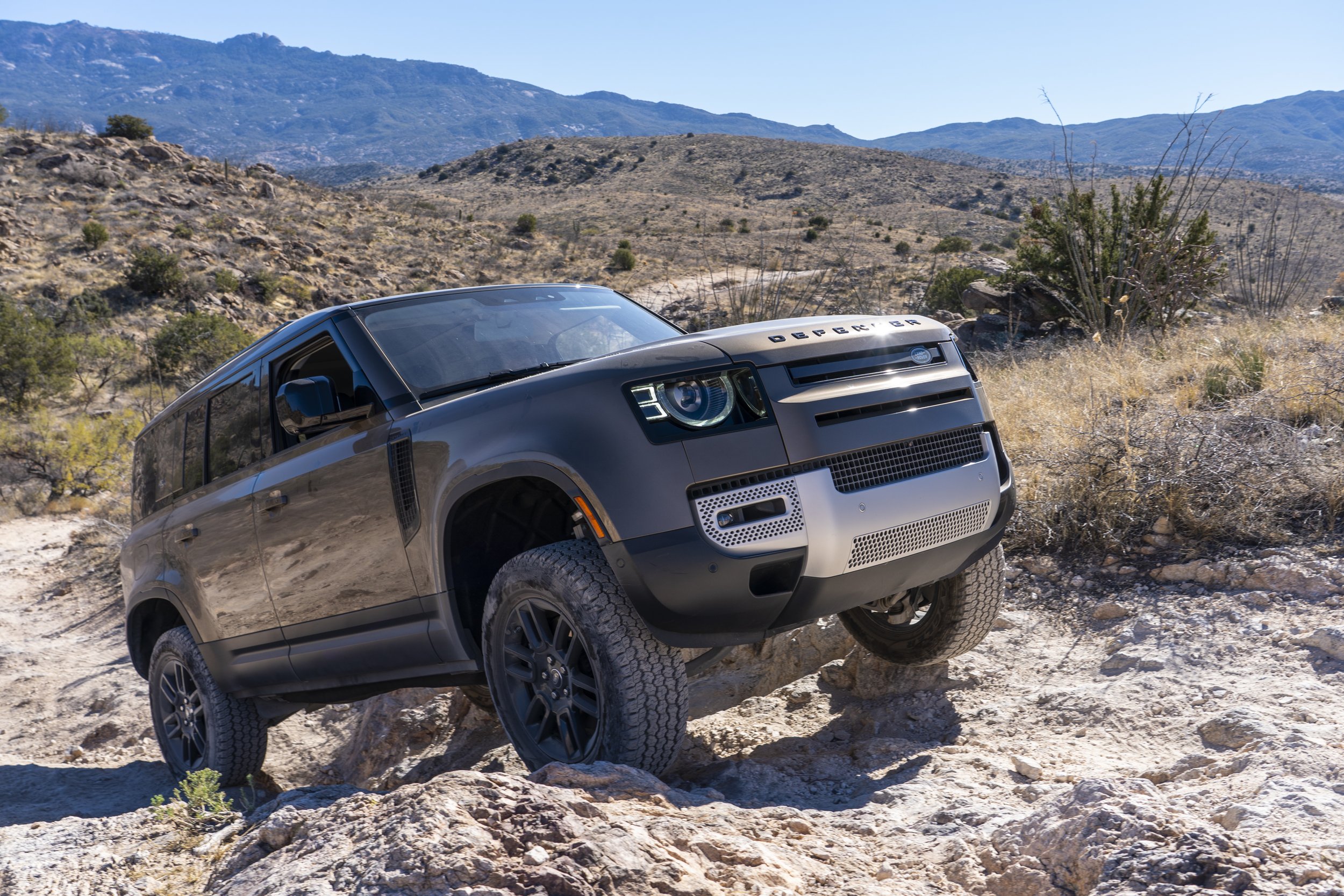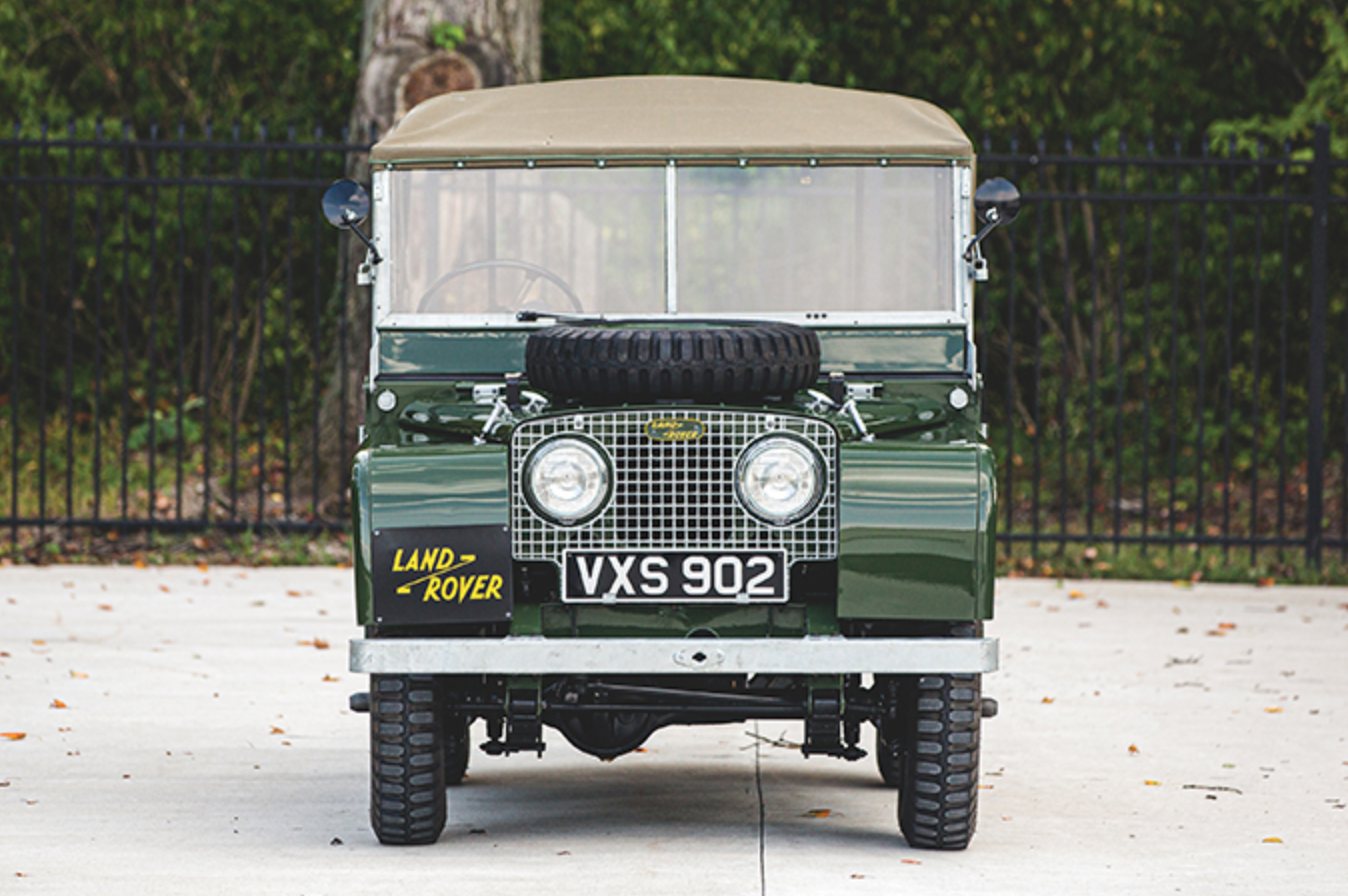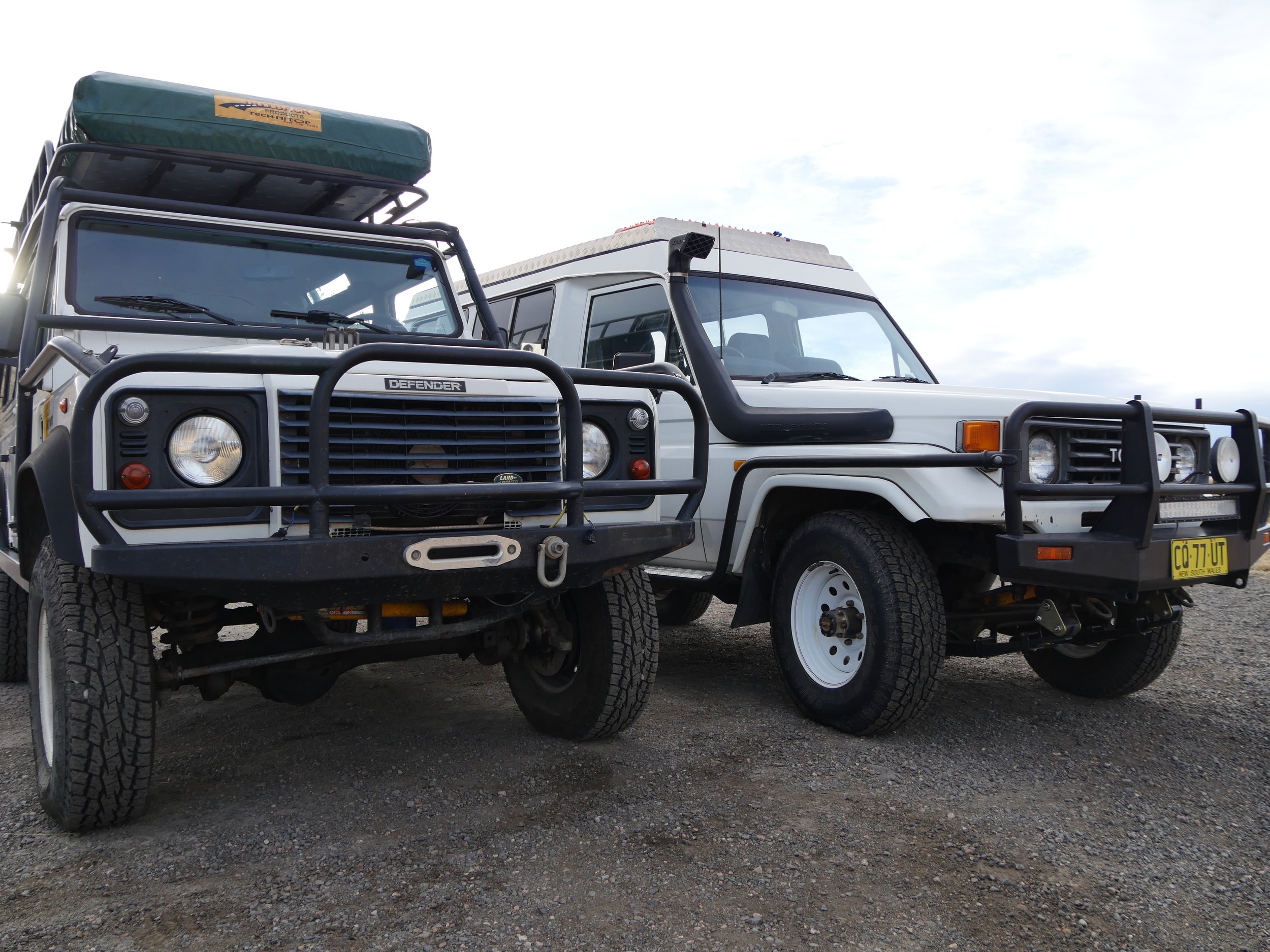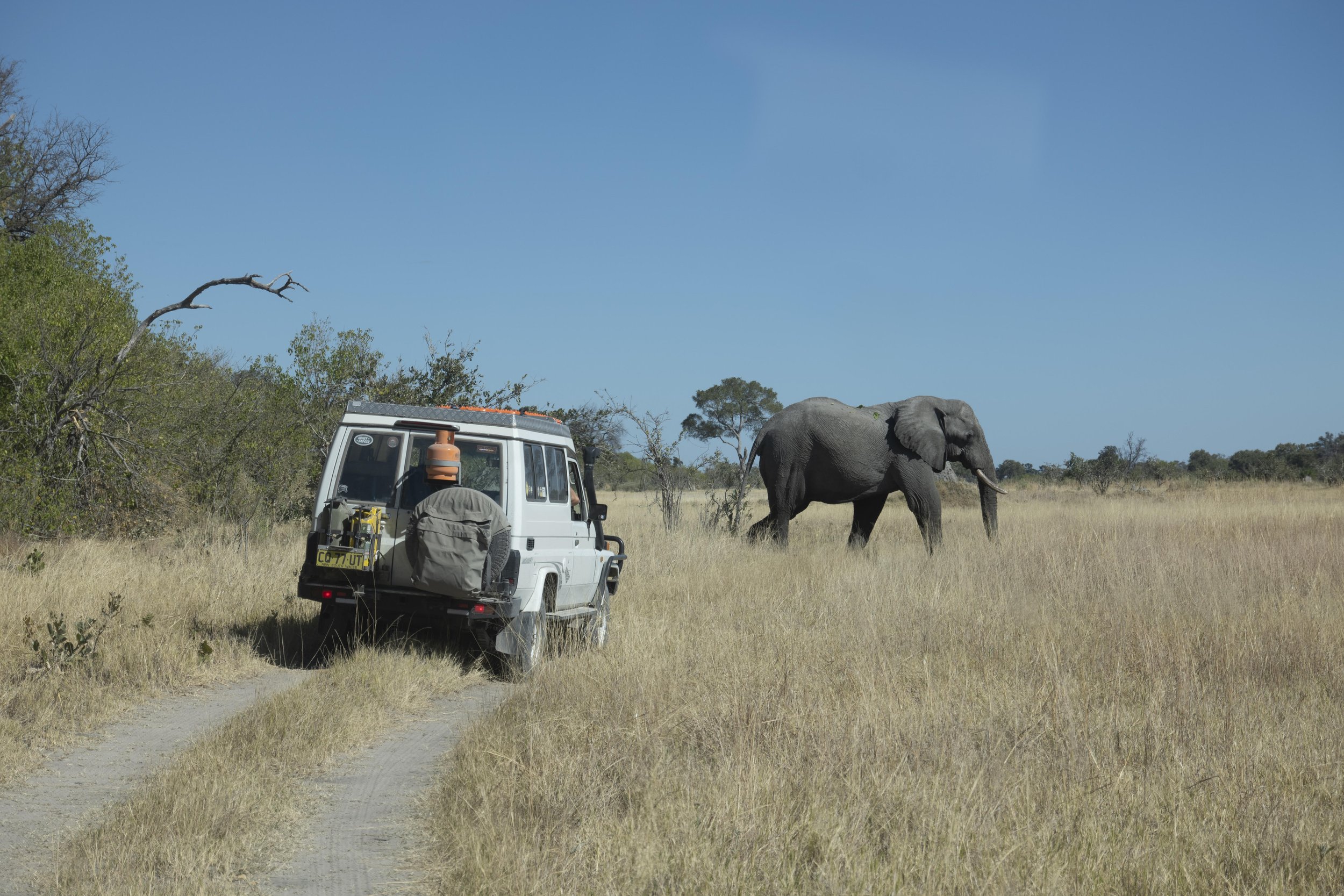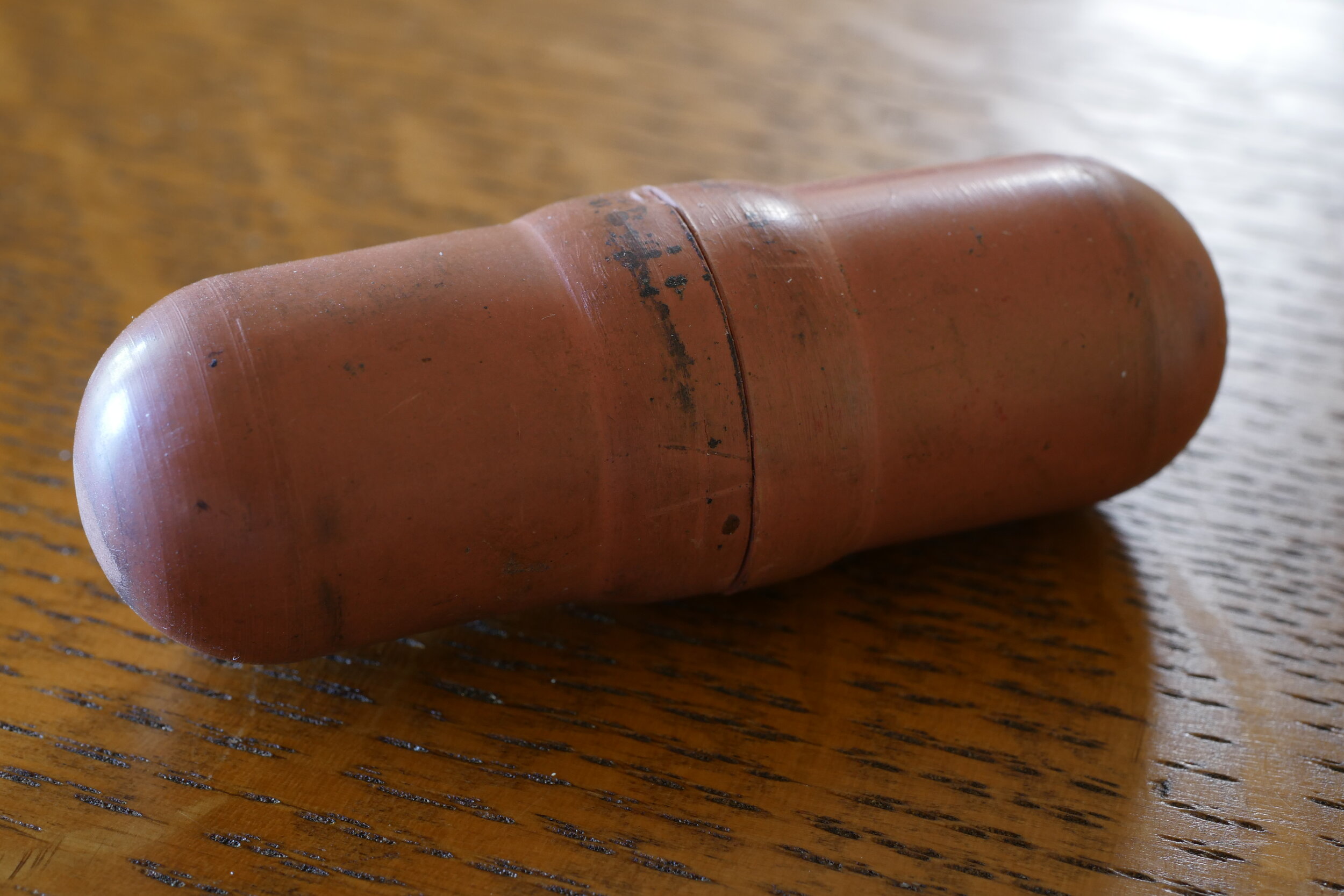Which leads us to the two features that makes both of these vehicles so exceptional yet have nothing to do with Toyota or Land Rover. It is the massive aftermarket support in accessories and the equally massive community of owners who are willing to help wherever you go. Because of their highly customizable and modular nature (by design), it is very simple to make a 110 or a 75 your own unique expedition rig. From pop-tops to long-range fuel tanks to water tanks and interiors, to suspensions and underbody protection, both models have excellent support in this regard. The internet is filled with fantastic examples of beautifully outfitted vehicles. This also means that it can be very challenging to find one that is unmolested or even close to stock.
But don’t mistake all my praise to imply that either vehicle is perfect out of the box. One of the reasons that they have such massive aftermarket support is that they are, by all counts, mediocre when stock. Expedition vehicles are a collection of compromises and the 110 and the 75, in stock form, are exceptional in that they are completely un-exceptional. It’s like getting the highest quality blank notebook, with the finest acid-free paper and the most beautiful leather cover, case bound, that will last forever. But it is still a blank notebook until you put a few stickers on the outside and then fill it with stories and paintings of your travels to the most remote and beautiful parts of the world.
So . . . are they good for the USA?
In a word, no, I don’t think they are.
But that speaks more to the culture and circumstances of the U.S. than it does to the vehicles. In this country most people get very little time off, and distances are so great that a good portion of any overland adventure is going to be highway time. Neither of these vehicles is good at that. With a comfortable cruising speed of not much above 65 mph, both demand patience; with solid axles and archaic steering geometry, both demand constant attention. Many, many people have purchased a Land Rover Defender after falling in love with the safari image, only to sell it when they discover it is not a modern car, lacks anything close to a creature comfort, and requires diligent maintenance. If it is expected to be a mode of travel for family vacations, strife and frustration are often the result.
With that said, if you are a person with plenty of time who is happy to cruise at 65 mph and enjoy the scenery—and to be fair, there are quite a few who can and do (looking at you Maggie McDermut)—you might live happily with either of these vehicles, and will enjoy looking back at it every time you park and get out. When modified in any of the hundreds of variations possible, up to and including pop-tops, cabinets with sink and stove, hot shower systems, awnings, and more, once in camp they are the equal of any more “modern” vehicle.













